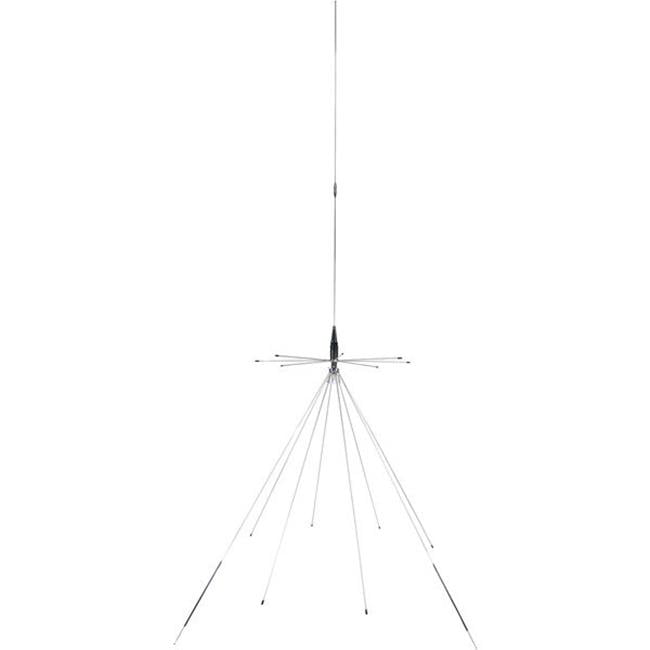
TV stations are given certain frequencies on which they transmit their broadcast (OTA) signals. The segment is delimited by a higher frequency and a lower frequency. This block, called a frequency band, is a segment of the full spectrum of the frequency domain. Wireless Internet, radio, home electronic devices, and more, all receive and emit signals, and they all have their own block of frequencies they use. The whole point of cutting the cord is to save money, so you should only have to buy your antenna once! We’re here to clear the air. Knowing what to look for when you choose an antenna will ensure you are not being ripped off by false range and/or signal claims.

Whether you are an enthusiastic cord-cutter or just beginning your journey to free TV, it is important to know how signal frequencies determine which TV antenna you need.

Once you know your location, you’ll also know what frequency bands those towers are using to broadcast your local and network channels. Most of all, this means determining your location, so that you know where your local over-the-air (OTA) broadcast towers are.

The most important thing to consider when you’re buying an antenna is whether it’s suited to your needs. Why you need to choose the right antenna with frequency in mind


 0 kommentar(er)
0 kommentar(er)
